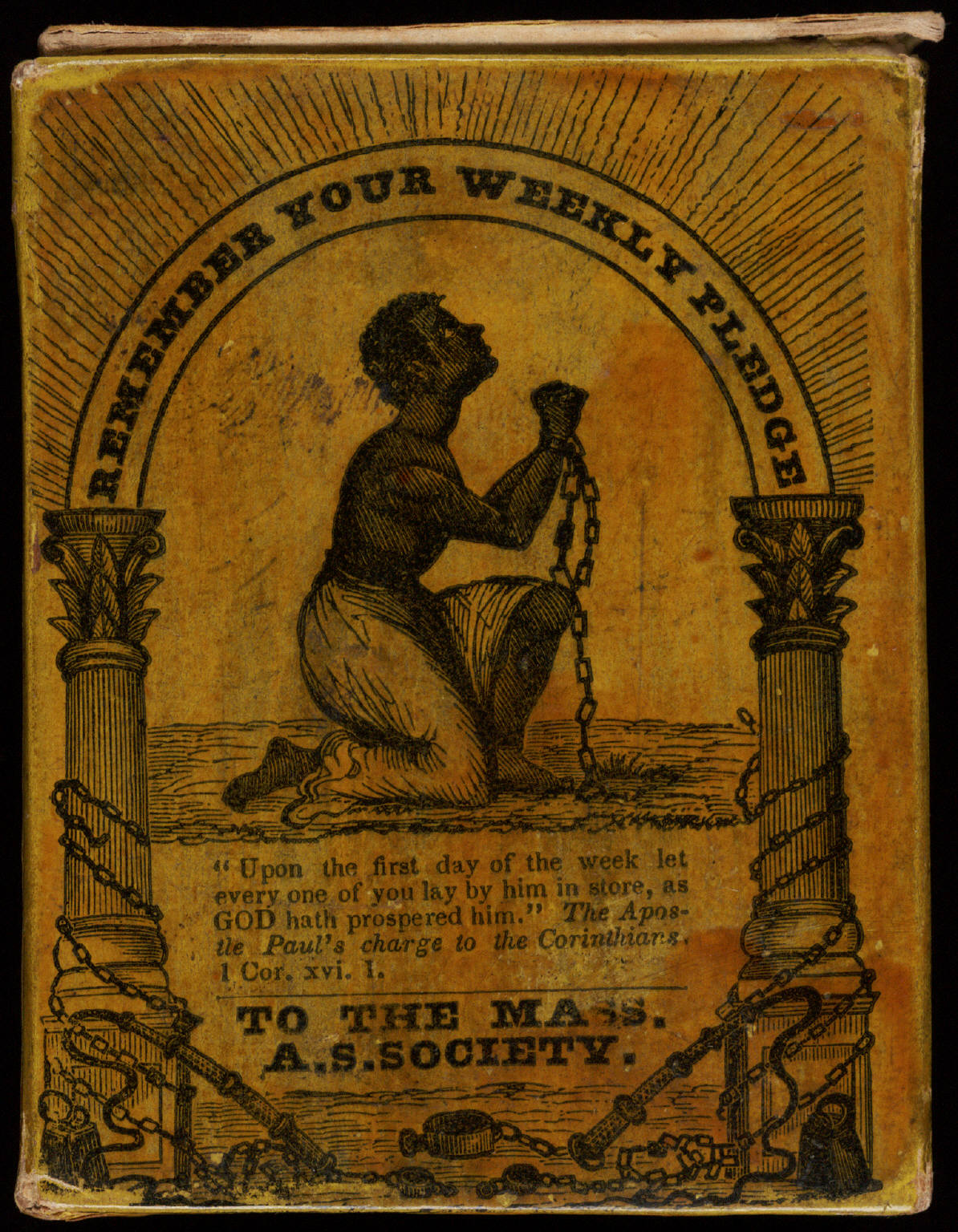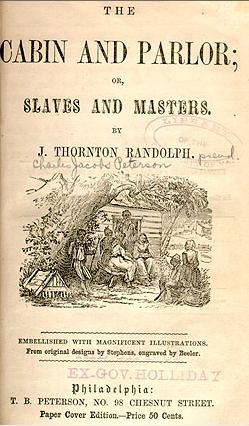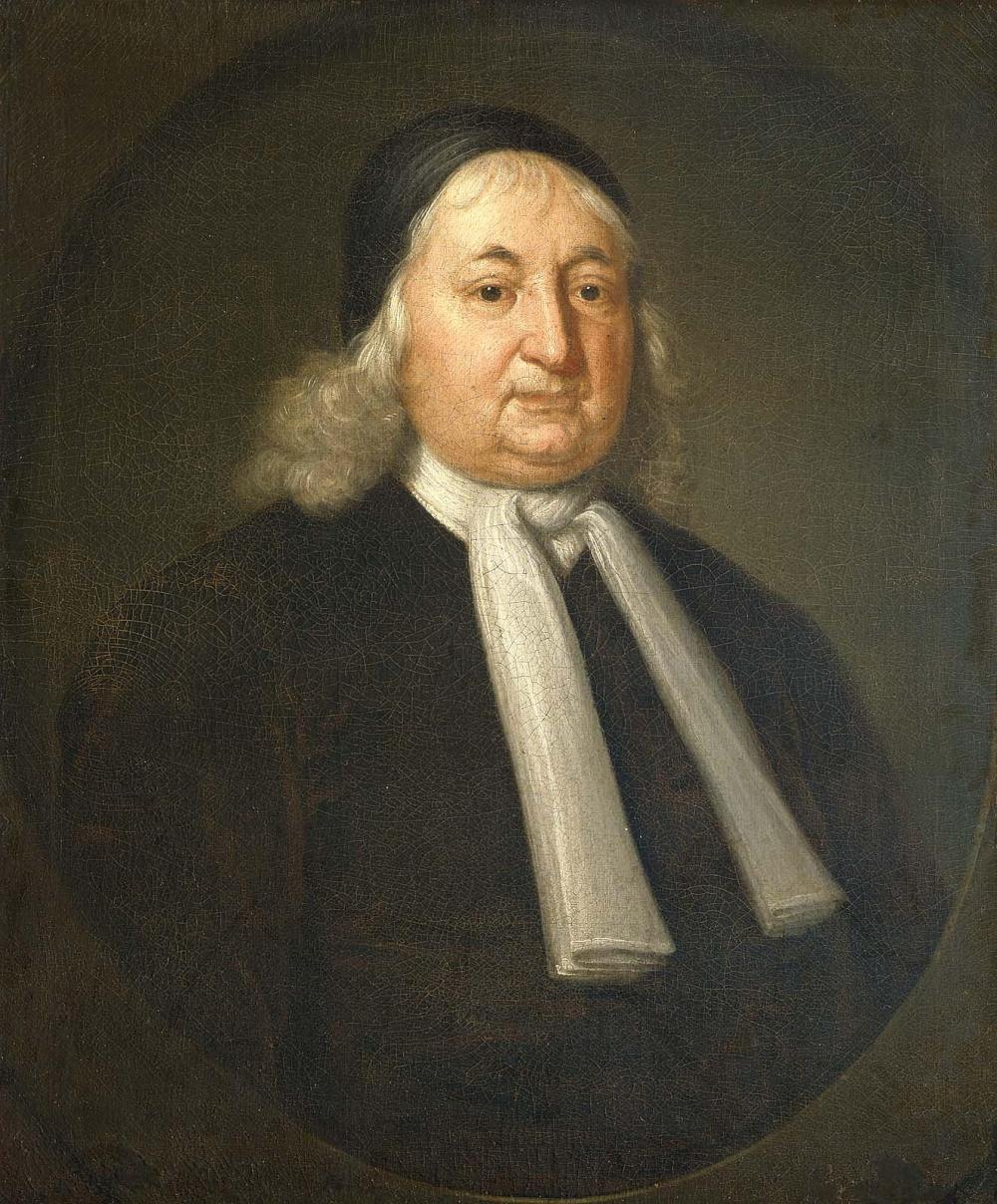|
The Planter's Northern Bride
''The Planter's Northern Bride'' is an 1854 novel written by Caroline Lee Hentz, in response to the publication of ''Uncle Tom's Cabin'' by Harriet Beecher Stowe in 1852. Overview Unlike other examples of anti-Tom literature (aka "plantation literature"), the title ''The Planter's Northern Bride'' is not a pun on ''Uncle Tom's Cabin'', as was the case with '' Uncle Robin, in His Cabin in Virginia, and Tom Without One in Boston'' (1853). The novel, unlike previous examples of plantation literature, criticized abolitionism in the United States and how easily anti-slavery organisations such as the Underground Railroad could be manipulated by pro-slavery superiors – a concept previously discussed in Rev. Baynard Rush Hall's earlier anti-Tom novel, '' Frank Freeman's Barber Shop'' (1852). Plot The book's main character is Eulalia, a young daughter of an abolitionist from New England and the wife of a plantation owner named Moreland. At first indoctrinated by her father's v ... [...More Info...] [...Related Items...] OR: [Wikipedia] [Google] [Baidu] |
Caroline Lee Hentz
Caroline Lee Whiting Hentz (June 1, 1800 – February 11, 1856) was an American novelist. She is most noted for her defenses of slavery and opposition to the abolitionist movement. Her widely read '' The Planter's Northern Bride'' (1854) was one of the genre known as anti-Tom novels, by which writers responded to Harriet Beecher Stowe's bestselling anti-slavery novel, ''Uncle Tom's Cabin'' (1852). Early life Caroline Hentz was born as Caroline Lee Whiting on June 1, 1800, to Colonel John and Orpah Whiting in Lancaster, Massachusetts. The youngest of eight children, her father served as a Continental Army soldier in the American Revolutionary War and three of her brothers fought in the War of 1812. As a child, Whiting attended a private school run by Jared Sparks. By the time she was twelve, she had already composed a fantasy about the Far East, as well as a play. At seventeen she was teaching at a local Lancaster school. On September 30, 1824, Caroline married Nicholas Marce ... [...More Info...] [...Related Items...] OR: [Wikipedia] [Google] [Baidu] |
Abolitionism In The United States
In the United States, abolitionism, the movement that sought to end slavery in the United States, slavery in the country, was active from the Colonial history of the United States, colonial era until the American Civil War, the end of which brought about the abolition of American slavery, Penal labor in the United States, except as punishment for a crime, through the Thirteenth Amendment to the United States Constitution (ratified 1865). The anti-slavery movement originated during the Age of Enlightenment, focused on ending the Atlantic slave trade, transatlantic slave trade. In Colonial America, a few German Quakers issued the 1688 Germantown Quaker Petition Against Slavery, which marked the beginning of the American abolitionist movement. Before the American Revolutionary War, Revolutionary War, Evangelicalism in the United States, evangelical colonists were the primary advocates for the opposition to Slavery in the colonial United States, slavery and the slave trade, doing ... [...More Info...] [...Related Items...] OR: [Wikipedia] [Google] [Baidu] |
Charles Jacobs Peterson
Charles Jacobs Peterson (July 20, 1818 - March 4, 1887) was an American editor, publisher and writer. He worked as an editor at ''Graham's Magazine'', was an owner and partner of ''The Saturday Evening Post'', and founded ''Peterson's Magazine''. He published several fictional and non-fictional history books under his own name and the Anti-Tom literature novel ''The Cabin and Parlor; or, Slaves and Masters'' under the pseudonym J. Thornton Randolph. He was a member of the Peterson family of publishers including his cousins Robert Evans Peterson and Henry Peterson (author), Henry Peterson. Early life and education Peterson was born in Philadelphia, Pennsylvania, on July 20, 1819, to Thomas P. Peterson and Elizabeth Snelling Jacobs. He studied law at the University of Pennsylvania and graduated in 1838. He was admitted to the Bar (law), bar prior to graduation, but never practiced law. [...More Info...] [...Related Items...] OR: [Wikipedia] [Google] [Baidu] |
The Cabin And Parlor; Or, Slaves And Masters
''The Cabin and Parlor; or, Slaves and Masters'' is an 1852 novel by Charles Jacobs Peterson, writing under the pseudonym J. Thornton Randolph. Overview ''The Cabin and Parlor'' is an example of the pro-slavery plantation literature genre that emerged from the Southern United States in response to the abolitionist novel ''Uncle Tom's Cabin'' by Harriet Beecher Stowe, which had been published in book form in that year, and criticised in the Southern United States for exaggerating the workings of slaveholding. Whereas the majority of anti-Tom novels focused on the evils of abolitionism, Peterson instead attacked the North's capitalist attitudes, and their use of "white slaves" (the working classes) over black slaves. This attitude appeared again in Caroline Rush's '' The North and the South; or, Slavery and Its Contrasts'', also published in 1852. Plot summary The story begins with the sudden death of Mr. Courtenay, a wealthy but kindly Virginia landowner who, not having ... [...More Info...] [...Related Items...] OR: [Wikipedia] [Google] [Baidu] |
Slave Rebellion
A slave rebellion is an armed uprising by slaves, as a way of fighting for their freedom. Rebellions of slaves have occurred in nearly all societies that practice slavery or have practiced slavery in the past. A desire for freedom and the dream of successful rebellion is often the greatest object of song, art, and culture amongst the enslaved population. These events, however, are often violently opposed and suppressed by slaveholders. Ancient Sparta had a special type of serf called ''helots'' who were often treated harshly, leading them to rebel. According to Herodotus (IX, 28–29), helots were seven times as numerous as Spartans. Every autumn, according to Plutarch (''Life of Lycurgus'', 28, 3–7), the Spartan ephors would pro forma declare war on the helot population so that any Spartan citizen could kill a helot without fear of blood or guilt in order to keep them in line ('' crypteia''). In the Roman Empire, though the heterogeneous nature of the slave population worked ... [...More Info...] [...Related Items...] OR: [Wikipedia] [Google] [Baidu] |
New England
New England is a region consisting of six states in the Northeastern United States: Connecticut, Maine, Massachusetts, New Hampshire, Rhode Island, and Vermont. It is bordered by the state of New York (state), New York to the west and by the Canadian provinces of New Brunswick to the northeast and Quebec to the north. The Gulf of Maine and Atlantic Ocean are to the east and southeast, and Long Island Sound is to the southwest. Boston is New England's largest city and the capital of Massachusetts. Greater Boston, comprising the Boston–Worcester–Providence Combined Statistical Area, houses more than half of New England's population; this area includes Worcester, Massachusetts, the second-largest city in New England; Manchester, New Hampshire, the largest city in New Hampshire; and Providence, Rhode Island, the capital of and largest city in Rhode Island. In 1620, the Pilgrims (Plymouth Colony), Pilgrims established Plymouth Colony, the second successful settlement in Briti ... [...More Info...] [...Related Items...] OR: [Wikipedia] [Google] [Baidu] |
Abolitionism In The United States
In the United States, abolitionism, the movement that sought to end slavery in the United States, slavery in the country, was active from the Colonial history of the United States, colonial era until the American Civil War, the end of which brought about the abolition of American slavery, Penal labor in the United States, except as punishment for a crime, through the Thirteenth Amendment to the United States Constitution (ratified 1865). The anti-slavery movement originated during the Age of Enlightenment, focused on ending the Atlantic slave trade, transatlantic slave trade. In Colonial America, a few German Quakers issued the 1688 Germantown Quaker Petition Against Slavery, which marked the beginning of the American abolitionist movement. Before the American Revolutionary War, Revolutionary War, Evangelicalism in the United States, evangelical colonists were the primary advocates for the opposition to Slavery in the colonial United States, slavery and the slave trade, doing ... [...More Info...] [...Related Items...] OR: [Wikipedia] [Google] [Baidu] |
Frank Freeman's Barber Shop
''Frank Freeman's Barber Shop'' is an 1852 in literature, 1852 Anti-Tom literature, plantation fiction novel written by Baynard Rush Hall. Overview ''Frank Freeman's Barber Shop'' is an example of the numerous anti-Tom novels produced in the southern United States in response to the publication of ''Uncle Tom's Cabin'' by Harriet Beecher Stowe, which was criticised as inaccurately depicting plantation life as well as the relationship between slaveholders and their slaves. Hall's novel is among the earliest examples of the genre, and focuses on criticisms of Abolitionism in the United States, abolitionism and how it can be exploited – a concept later visited in ''The Planter's Northern Bride'' by Caroline Lee Hentz (1854 in literature, 1854). Plot The story focuses on a slave named Frank (later Frank Freeman), who is convinced to run away from his peaceful life on a Southern plantation by "Philanthropy, philanthropists" (Hall's term for Abolitionism in the United States, ... [...More Info...] [...Related Items...] OR: [Wikipedia] [Google] [Baidu] |
Underground Railroad
The Underground Railroad was an organized network of secret routes and safe houses used by freedom seekers to escape to the abolitionist Northern United States and Eastern Canada. Enslaved Africans and African Americans escaped from slavery as early as the 16th century and many of their escapes were unaided. However, a network of safe houses generally known as the Underground Railroad began to organize in the 1780s among Abolitionist Societies in the North. It ran north and grew steadily until the Emancipation Proclamation was signed in 1863 by President Abraham Lincoln.Vox, Lisa"How Did Slaves Resist Slavery?", ''African-American History'', About.com. Retrieved July 17, 2011. The escapees sought primarily to escape into free states, and potentially from there to Canada. The network, primarily the work of free and enslaved African Americans, was assisted by abolitionists and others sympathetic to the cause of the escapees. The enslaved people who risked capture and thos ... [...More Info...] [...Related Items...] OR: [Wikipedia] [Google] [Baidu] |
Uncle Robin, In His Cabin In Virginia, And Tom Without One In Boston
''Uncle Robin, in His Cabin in Virginia, and Tom Without One in Boston'' (sometimes shortened to simply ''Uncle Robin's Cabin'') is an 1853 novel written by J.W. Page and released by J. W. Randolph Publishers of Richmond, Virginia. Overview ''Uncle Robin'' is one of several examples of the pro-slavery anti-Tom or plantation literature genre that emerged in the Southern United States. They were written in response to the publication of the bestselling abolitionist novel ''Uncle Tom's Cabin'', released in book form in 1852, and were read both in the North and the South. Such novels contributed to the national discussions about slavery and were part of the rising sectional tensions. Much like other novels of the genre, ''Uncle Robin'' serves as an antithesis to ''Uncle Tom's Cabin''. It portrays planters as benign and helpful to their slaves, with the villains portrayed as the abolitionists who stir up trouble. Plot The novel features two black slaves from Virginia – Uncl ... [...More Info...] [...Related Items...] OR: [Wikipedia] [Google] [Baidu] |
Anti-Tom Literature
Anti-Tom literature consists of the 19th century pro-slavery novels and other literary works written in response to Harriet Beecher Stowe's ''Uncle Tom's Cabin''. Also called plantation literature, these writings were generally written by authors from the Southern United States. Books in the genre attempted to show that slavery was beneficial to African Americans and that the evils of slavery, as depicted in Stowe's book, were overblown and incorrect. ''Uncle Tom's Cabin'' First published in serialized form from 1851–52 (in the abolitionist journal ''The National Era''), and in book form in 1852, ''Uncle Tom's Cabin'' by Harriet Beecher Stowe quickly became the best-selling novel of the 19th century (and the second best-selling book of the century after the Bible). This abolitionist novel focused on the evils of slavery and was inspired by the passage of the Fugitive Slave Act two years before, which punished those who aided runaway slaves. The book was highly controvers ... [...More Info...] [...Related Items...] OR: [Wikipedia] [Google] [Baidu] |





